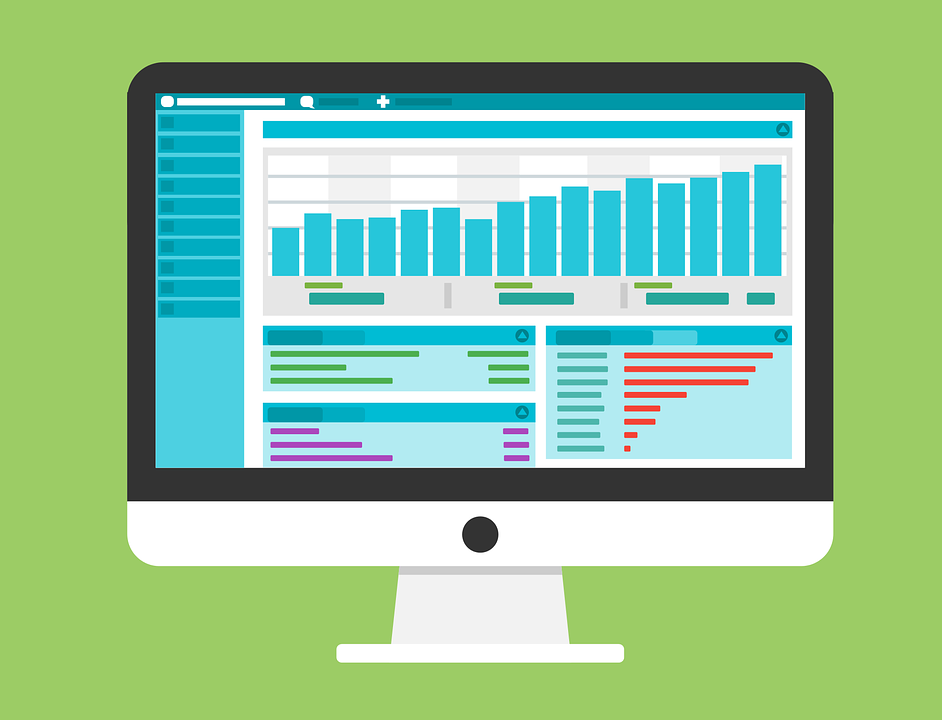WordPress is the most popular CMS in the world for a reason – a third of all websites on the internet are hosted on this platform. While standing out among millions of web pages may feel like quite the challenge, web optimisation can go a long way in boosting your online presence. WordPress development is as important as website building – not only does it help your website load faster, but it improves your website’s search engine ranking and enables you to reach a larger audience. If you’re not already optimising your WordPress site, now is the time to start. With our five tried-and-trusted tips, you’ll up your WordPress game in no time.
- Use analytics
There are two distinct elements to boosting engagement – writing killer content and using analytics to your advantage. With Google Analytics, you’ll get a rundown on how well your page is doing – a simple plugin is all you need to measure all necessary performance metrics, including audience reports, content evaluation, and engagement ratings. This information can be accessed on the WordPress editor, making it easier to organise your game plan.
In addition to Google Analytics, using SEO analytics like Yoast and Copyscape can help you streamline content optimisation. Both plugins are available on the WordPress editor and show you how well your content is doing with regard to keywords and readability. This builds a reliable SEO formula (like inserting your anchor keyword in the first paragraph and adding subheadings) into your WordPress ritual – this is the key to your website getting picked up by search engines.
- Optimise tags and permalinks
Once your SEO and analytics plugins have been installed, optimise your website so that everything is organised. Edit the meta-description of every webpage to include keywords and succinct descriptions. Whenever you create a new web page, the default permalink has only numbers.
Edit permalinks to feature a quick account of every page – replace numbers with catchy text. Keep your URLs and titles short – both search engines and users do not like long, wordy URLs. Your heading tags and meta description should have an inspiring CTA with corresponding keywords – this ensures that search engines can index each relevant webpage and encourage audience engagement.
- Keep your website light
The key to smooth sailing is to have a website that is quick and responsive. Invest in a good website hosting service so that your website is always up and running, even if traffic suddenly increases. Pick a WordPress theme that is light and goes with your aesthetic. Your website should reflect your brand identity. Keep each webpage to the point – organise your blogs separately and keep your landing page content updated.
Often, websites may take longer to load if they host large image files. Compress your images to optimise them for websites so that each page loads quickly. Use fonts and colors that show up on every type of screen. Select WordPress themes that are customised for mobiles and tablets to reach out to a larger audience across devices.
- Secure your website
The difference between a good website and a great website is security – spotting the secure ‘lock’ icon next to your URL inspires trust. Keep your server updated as and when WordPress releases security updates. Invest in an SSL certificate to keep your information encrypted, especially if your website accepts payments.
If your website has forms, we recommend using Google reCAPTCHA to keep bots away. Having a dedicated ‘Privacy’ page with up-to-date security information also boosts audience trust; WordPress already has Privacy page templates that you can edit to your terms. Don’t forget to regularly back up your entire website.
- Focus on every page
While it is encouraged to keep your landing page in great condition, do not ignore the other pages of your website. Each page should have high-quality content so that visitors know exactly where to go to find the information they need.
This is where backlinks come in. Add internal links to your website to ease navigation and use your blog page to organically lead visitors to your services. When you have a seamless, responsive theme that is backed with solid content and backlinks, your website is bound to draw more people in.
Closing thoughts
With hundreds of new websites being hosted on the platform every day, there are a lot of WordPress users out there who may not know how to optimise the platform’s numerous features. These tips are great hacks that both newbies and veteran WordPress users can benefit from!
